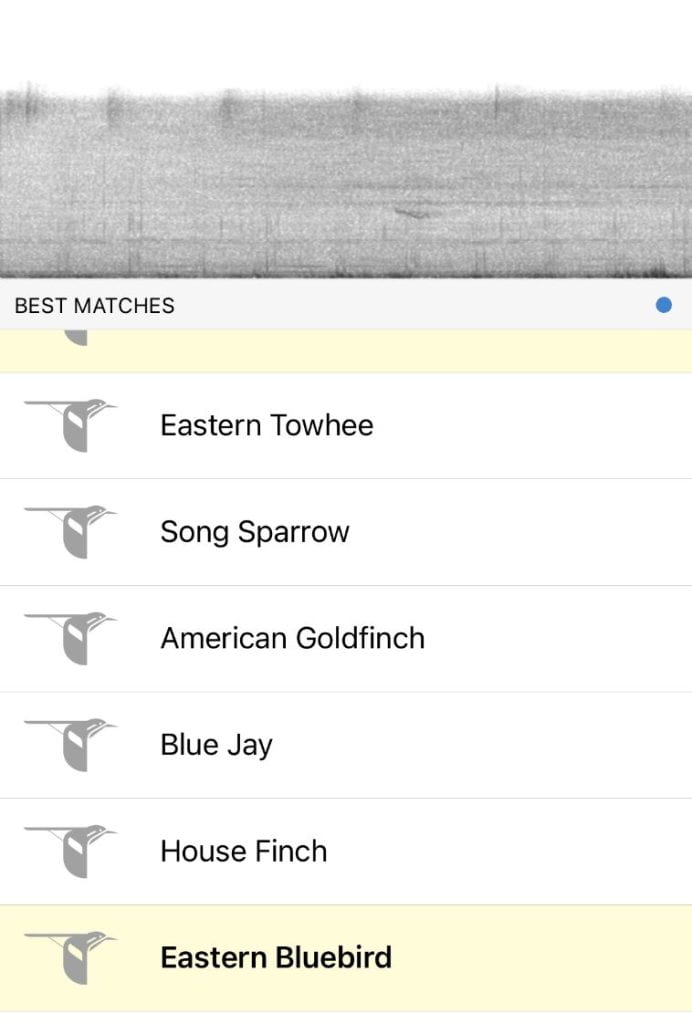Merlin App
During my first education class in college, we visited the kindergarteners at the Model School on campus. The seasoned teacher was playing tapes of bird calls and her young students were identifying the recorded bird calls with amazing accuracy. With wisdom, she explained to this group of aspiring teachers that identifying bird calls improves auditory discrimination (subtle differences in sounds) which is a building block in phonics, reading, and writing.
The free Cornell Lab Merlin Bird app on my phone has quickly become a favorite. “Sound ID listens to the birds around you and shows real-time suggestions for who’s singing. Compare your recording to the songs and calls in Merlin to confirm what you heard. Sound ID works completely offline, so you can identify birds you hear no matter where you are.” I’ve been surprised at how many birds are close by that I do not see. Go here to learn more about this app.
When you walk outside with your children and keep a list of the birds you hear. Add this app to classroom iPads and use it around your school campus.
I heard the following birds one morning as I savored a cup of coffee on my deck:
Go here to watch full screen.
Click here to reference the Audubon’s encyclopedia of bird calls.
In this classic book, the owl tries to sleep, but the diurnal animals keep him awake. Young children will enjoy repeating the predictable text and laugh at the surprise ending. Use this book in a nocturnal unit and to introduce onomatopoeia, a word that phonetically imitates, resembles, or suggests the sound that it describes. It is a simple book to dramatize with instruments and bird calls. (Can you think of other sounds to add?)


